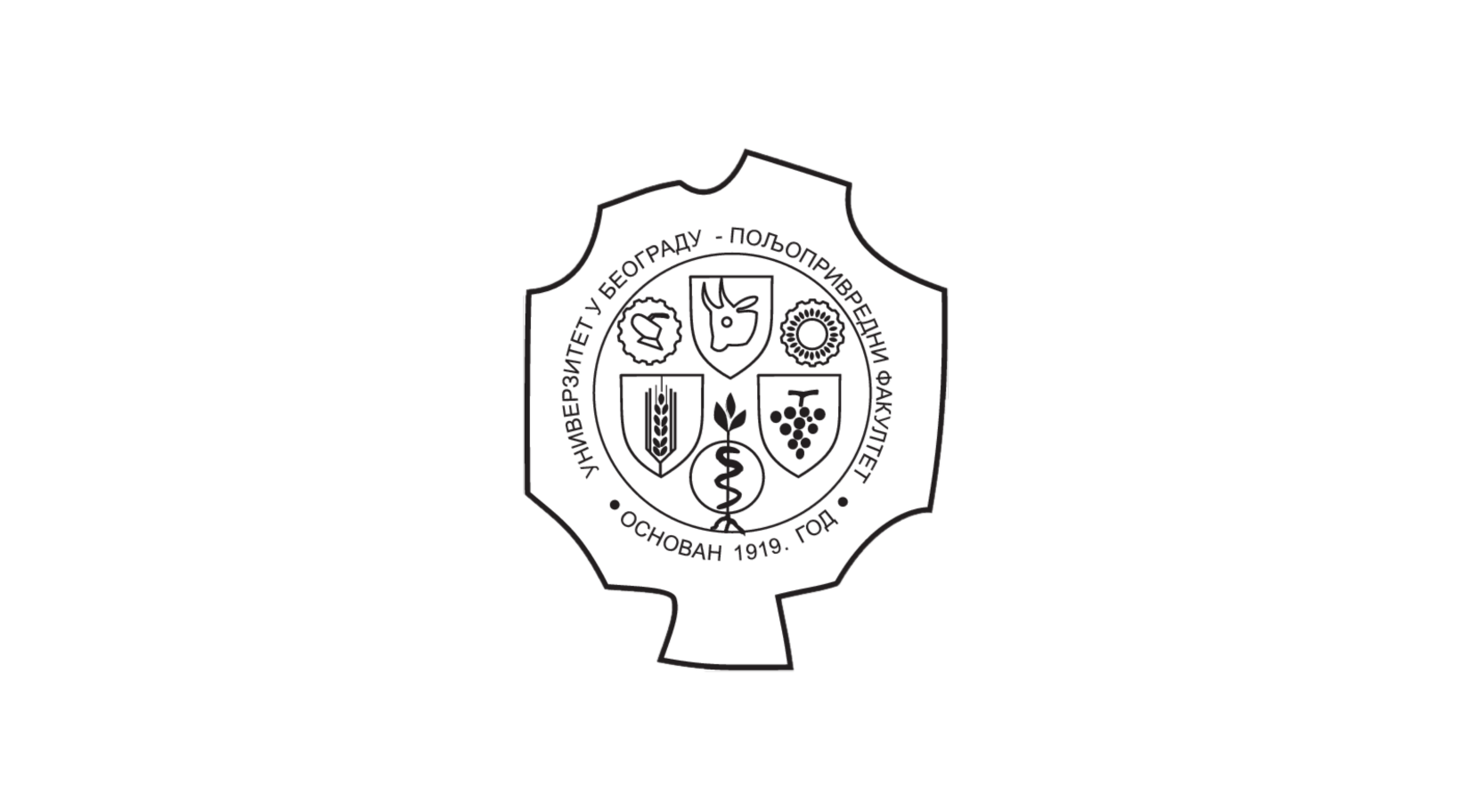The response of chironomid taxonomy- and functional trait-based metrics to fish farm effluent pollution in lotic systems
Само за регистроване кориснике
2018
Аутори
Milošević, DjuradjStojanović, Katarina
Djurdjević, Aca
Marković, Zoran
Stojković-Piperac, Milica
Zivić, Miroslav

Živić, Ivana
Чланак у часопису (Објављена верзија)

Метаподаци
Приказ свих података о документуАпстракт
The lotic habitats affected by trout farm waste are colonized with a particular invertebrate community of which chironomids are the most abundant group. However, there is little information available regarding how chironomid community structures respond to this type of pollution at the highest taxonomic resolution. Eight fish farms, together with their lotic systems as recipients, were used to test the variability of the chironomid community and its surrogates (taxonomic and functional metrics) across spatially arranged sampling sites to form a gradual decrease in the trout farm influence. The self organizing map (SOM) classified six different types of chironomid communities which were characteristic for both the control and affected habitats. The species indicator analyses listed 32 taxa as positive indicators of water pollution. The SOM and Kruskal-Wallis test revealed that the pattern of chironomid community structure obtained was mainly driven by six environmental parameters (Altit...ude, conductivity, distance from the outlet, hardness, HN4-N, NO3-N). Categorical principal components analysis (CATPCA) derived three models for each type of biotic metric, in which for diversity-, taxonomy- and functional feeding group-based metrics, the first two dimensions explained 55.2%, 58.3% and 55.4%, of the total variance respectively for 315 sampling sites. According to this analysis, the total number of taxa (S), abundance and the Shannon-Wiener index (H') (as a diversity metric), as well as the proportion of Tanypodinae (as taxonomic group) and grazers/scraper (GRA) and gatherer collector (GAT)(as FFG metrics), were related to the outlet distance gradient, thus showing great potential to be used in the multimetric approach in bioassessment.
Кључне речи:
Trout farm / Chironomidae / Community / Metric / Bioassessment / Self organizing mapИзвор:
Environmental Pollution, 2018, 242, 1058-1066Издавач:
- Elsevier Sci Ltd, Oxford
Финансирање / пројекти:
- Унапређење производних капацитета шарана (Cyprinus carpio L) програмима исхране и селекције (RS-MESTD-Technological Development (TD or TR)-31075)
DOI: 10.1016/j.envpol.2018.07.100
ISSN: 0269-7491
PubMed: 30096544
WoS: 000446282600004
Scopus: 2-s2.0-85053175432
Институција/група
Poljoprivredni fakultetTY - JOUR AU - Milošević, Djuradj AU - Stojanović, Katarina AU - Djurdjević, Aca AU - Marković, Zoran AU - Stojković-Piperac, Milica AU - Zivić, Miroslav AU - Živić, Ivana PY - 2018 UR - http://aspace.agrif.bg.ac.rs/handle/123456789/4637 AB - The lotic habitats affected by trout farm waste are colonized with a particular invertebrate community of which chironomids are the most abundant group. However, there is little information available regarding how chironomid community structures respond to this type of pollution at the highest taxonomic resolution. Eight fish farms, together with their lotic systems as recipients, were used to test the variability of the chironomid community and its surrogates (taxonomic and functional metrics) across spatially arranged sampling sites to form a gradual decrease in the trout farm influence. The self organizing map (SOM) classified six different types of chironomid communities which were characteristic for both the control and affected habitats. The species indicator analyses listed 32 taxa as positive indicators of water pollution. The SOM and Kruskal-Wallis test revealed that the pattern of chironomid community structure obtained was mainly driven by six environmental parameters (Altitude, conductivity, distance from the outlet, hardness, HN4-N, NO3-N). Categorical principal components analysis (CATPCA) derived three models for each type of biotic metric, in which for diversity-, taxonomy- and functional feeding group-based metrics, the first two dimensions explained 55.2%, 58.3% and 55.4%, of the total variance respectively for 315 sampling sites. According to this analysis, the total number of taxa (S), abundance and the Shannon-Wiener index (H') (as a diversity metric), as well as the proportion of Tanypodinae (as taxonomic group) and grazers/scraper (GRA) and gatherer collector (GAT)(as FFG metrics), were related to the outlet distance gradient, thus showing great potential to be used in the multimetric approach in bioassessment. PB - Elsevier Sci Ltd, Oxford T2 - Environmental Pollution T1 - The response of chironomid taxonomy- and functional trait-based metrics to fish farm effluent pollution in lotic systems EP - 1066 SP - 1058 VL - 242 DO - 10.1016/j.envpol.2018.07.100 ER -
@article{
author = "Milošević, Djuradj and Stojanović, Katarina and Djurdjević, Aca and Marković, Zoran and Stojković-Piperac, Milica and Zivić, Miroslav and Živić, Ivana",
year = "2018",
abstract = "The lotic habitats affected by trout farm waste are colonized with a particular invertebrate community of which chironomids are the most abundant group. However, there is little information available regarding how chironomid community structures respond to this type of pollution at the highest taxonomic resolution. Eight fish farms, together with their lotic systems as recipients, were used to test the variability of the chironomid community and its surrogates (taxonomic and functional metrics) across spatially arranged sampling sites to form a gradual decrease in the trout farm influence. The self organizing map (SOM) classified six different types of chironomid communities which were characteristic for both the control and affected habitats. The species indicator analyses listed 32 taxa as positive indicators of water pollution. The SOM and Kruskal-Wallis test revealed that the pattern of chironomid community structure obtained was mainly driven by six environmental parameters (Altitude, conductivity, distance from the outlet, hardness, HN4-N, NO3-N). Categorical principal components analysis (CATPCA) derived three models for each type of biotic metric, in which for diversity-, taxonomy- and functional feeding group-based metrics, the first two dimensions explained 55.2%, 58.3% and 55.4%, of the total variance respectively for 315 sampling sites. According to this analysis, the total number of taxa (S), abundance and the Shannon-Wiener index (H') (as a diversity metric), as well as the proportion of Tanypodinae (as taxonomic group) and grazers/scraper (GRA) and gatherer collector (GAT)(as FFG metrics), were related to the outlet distance gradient, thus showing great potential to be used in the multimetric approach in bioassessment.",
publisher = "Elsevier Sci Ltd, Oxford",
journal = "Environmental Pollution",
title = "The response of chironomid taxonomy- and functional trait-based metrics to fish farm effluent pollution in lotic systems",
pages = "1066-1058",
volume = "242",
doi = "10.1016/j.envpol.2018.07.100"
}
Milošević, D., Stojanović, K., Djurdjević, A., Marković, Z., Stojković-Piperac, M., Zivić, M.,& Živić, I.. (2018). The response of chironomid taxonomy- and functional trait-based metrics to fish farm effluent pollution in lotic systems. in Environmental Pollution Elsevier Sci Ltd, Oxford., 242, 1058-1066. https://doi.org/10.1016/j.envpol.2018.07.100
Milošević D, Stojanović K, Djurdjević A, Marković Z, Stojković-Piperac M, Zivić M, Živić I. The response of chironomid taxonomy- and functional trait-based metrics to fish farm effluent pollution in lotic systems. in Environmental Pollution. 2018;242:1058-1066. doi:10.1016/j.envpol.2018.07.100 .
Milošević, Djuradj, Stojanović, Katarina, Djurdjević, Aca, Marković, Zoran, Stojković-Piperac, Milica, Zivić, Miroslav, Živić, Ivana, "The response of chironomid taxonomy- and functional trait-based metrics to fish farm effluent pollution in lotic systems" in Environmental Pollution, 242 (2018):1058-1066, https://doi.org/10.1016/j.envpol.2018.07.100 . .

